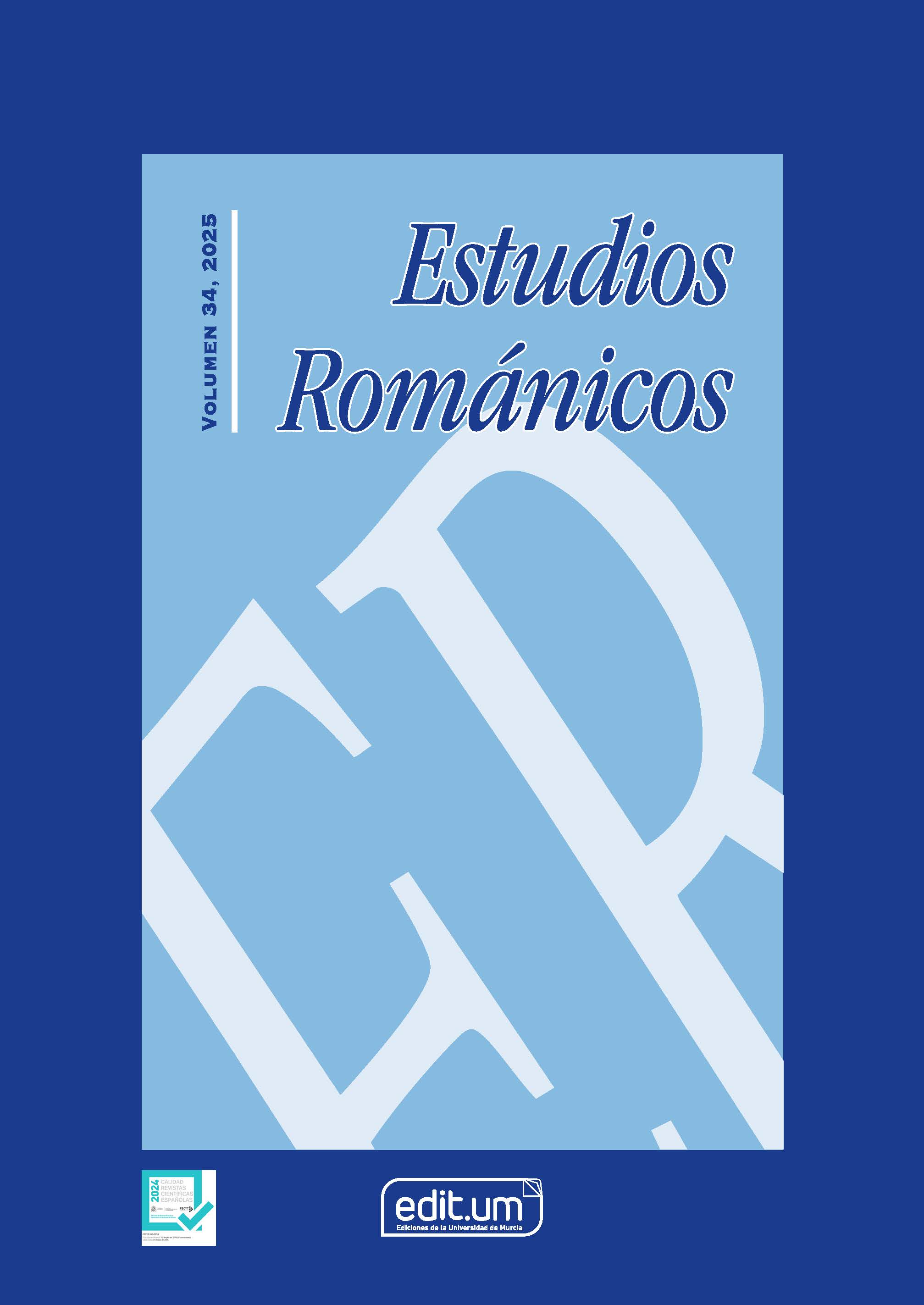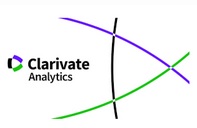Ciphered letters from Roma to Philip II, during the conclave (1565-1566)
Abstract
The secrecy of the deliberations during the conclave, together with the aspirations of some cardinals, were the subject of great interest at the court of Philip II. From Rome, Cardinal Pacheco was in contact with the secretary Gonzalo Pérez and, after his death, with his son Antonio Pérez. Other correspondents were Luis de Requesens, the Comendador Mayor de Castilla and, incidentally, Antoine Perrenot de Granvelle.
The investigation was based on two fundamental phases: consulting the files AGS Est. Leg. 899-903, belonging to the Rome collection, containing the encrypted and decrypted letters regarding the correspondence between Luis de Requesens, Comendador Mayor de Castilla, and the Spanish sovereign; and the encrypted letters from other correspondents such as Cardinals Pacheco and Granvelle, which arrived in Rome in early 1566.
After transcribing the deciphered parts of the encrypted letters, which involves assigning the key signs to the alphabet, to the syllabic system of bi and triletters, and to the lexical system, the key of the encryption system used by the characters who were in Rome and those who resided at the court in Madrid was reconstructed.
Keywords: Coded languages, 16th Century, Roma, Diplomacy.
Downloads
-
Abstract288
-
pdf 116
References
Simancas (Valladolid)
Archivo General de Simancas: Legajos 899-902.
Barbero, A. (2011). Lepanto. La batalla de los tres imperios. Pasado & presente.
Benavent, J. (2024). Maestros de postas y cartas cifradas contra Paolo IV in M. Heras García (Coord.), Italia y España: una pasión intelectual (pp. 849-864). Ediciones Universidad de Salamanca.
Escudero López, J. A. (2002). Felipe II el rey en el despacho in Memoria y civilización: anuario de historia (pp. 359-362). Editorial Complutense.
Firpo, M. (2022). Riforma cattolica e Concilio di Trento: storia o mito storiografico? Viella.
Luo, W. (2021). El lenguaje cifrado de Isabel de Portugal [tesi dottorale]. Valencia: Universitat de València.
March, J. M. (1950). La embajada de don Luis de Requesens en Roma por Felipe II cerca de Pío IV y Pío V. Ministerio de Asuntos Exteriores.
Rivero Rodríguez, M. (2008). La batalla de Lepanto. Cruzada, guerra santa e identidad confesional. Sílex.
Copyright (c) 2025 Studi Romanici

This work is licensed under a Creative Commons Attribution-NonCommercial-ShareAlike 4.0 International License.
Las obras que se publican en esta revista están sujetas a los siguientes términos:
1. El Servicio de Publicaciones de la Universidad de Murcia (la editorial) conserva los derechos patrimoniales (copyright) de las obras publicadas, y favorece y permite la reutilización de las mismas bajo la licencia de uso indicada en el punto 2.
2. Las obras se publican en la edición electrónica de la revista bajo una licencia Creative Commons Reconocimiento-NoComercial-SinObraDerivada 3.0 España (texto legal). Se pueden copiar, usar, difundir, transmitir y exponer públicamente, siempre que: i) se cite la autoría y la fuente original de su publicación (revista, editorial y URL de la obra); ii) no se usen para fines comerciales; iii) se mencione la existencia y especificaciones de esta licencia de uso.
3. Condiciones de auto-archivo. Se permite y se anima a los autores a difundir electrónicamente las versiones pre-print (versión antes de ser evaluada) y/o post-print (versión evaluada y aceptada para su publicación) de sus obras antes de su publicación, ya que favorece su circulación y difusión más temprana y con ello un posible aumento en su citación y alcance entre la comunidad académica. Color RoMEO: verde.












